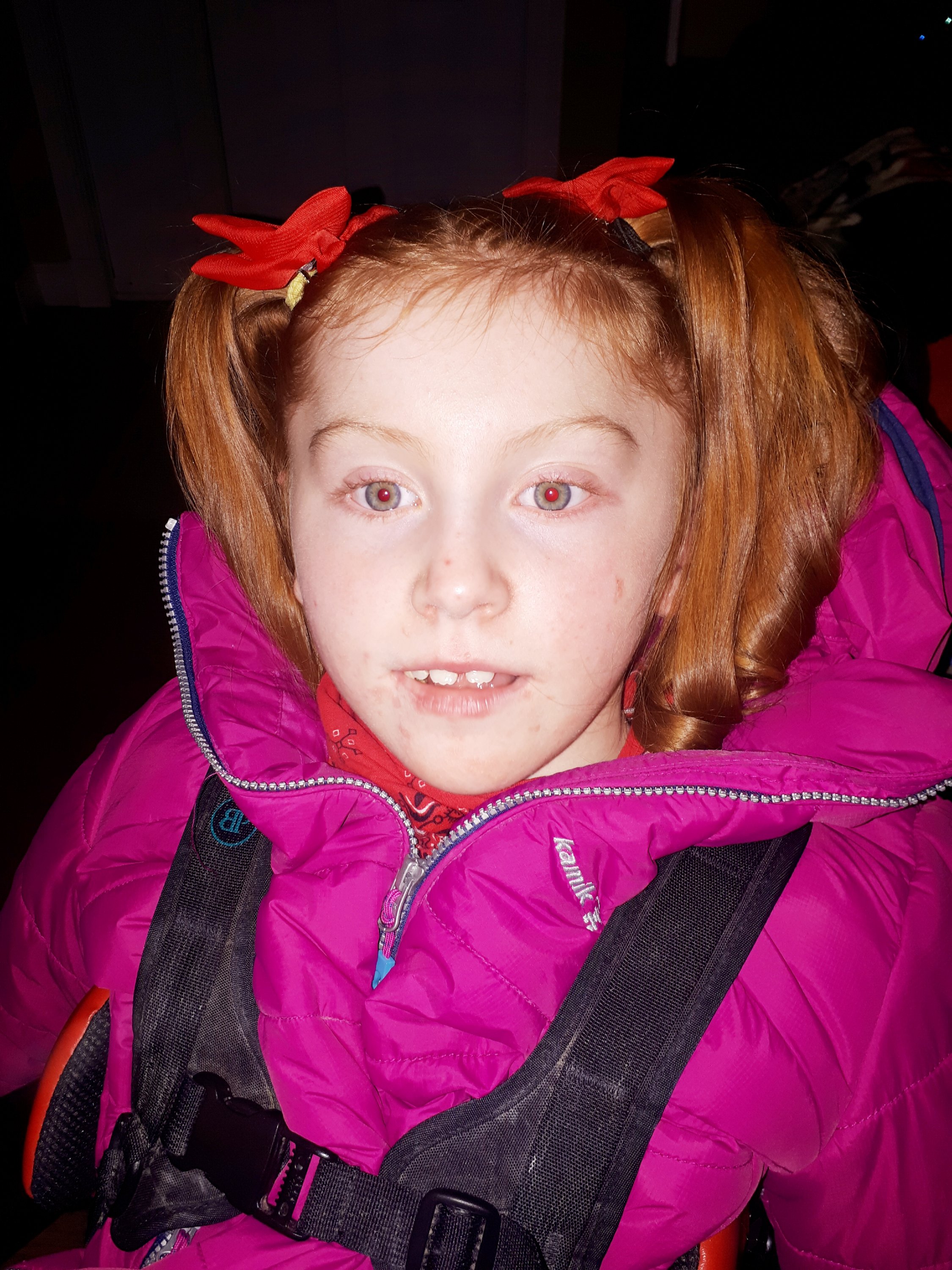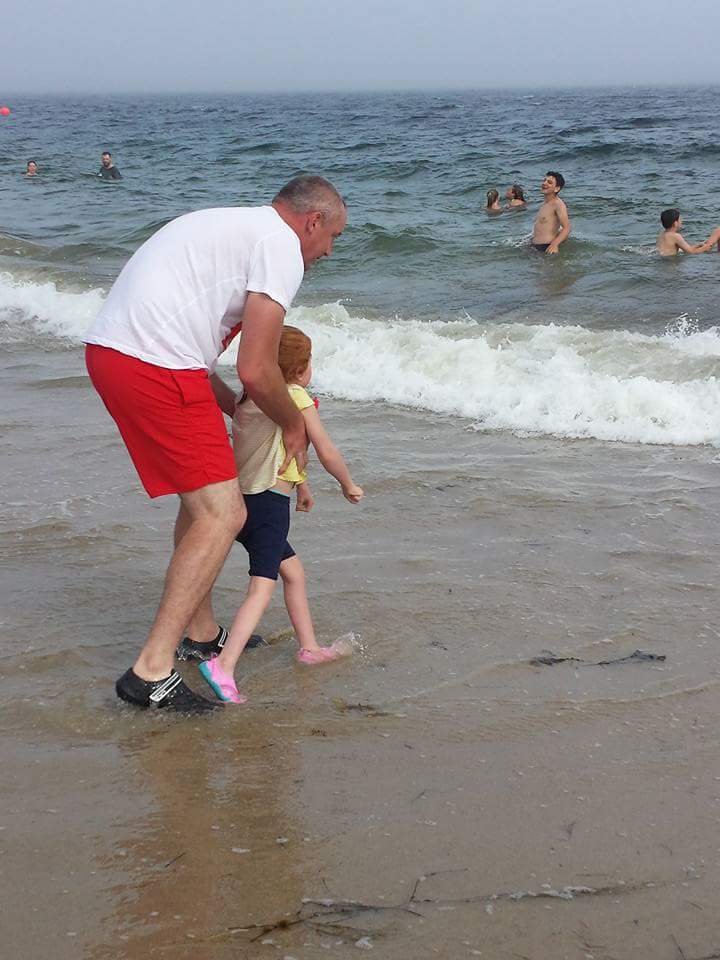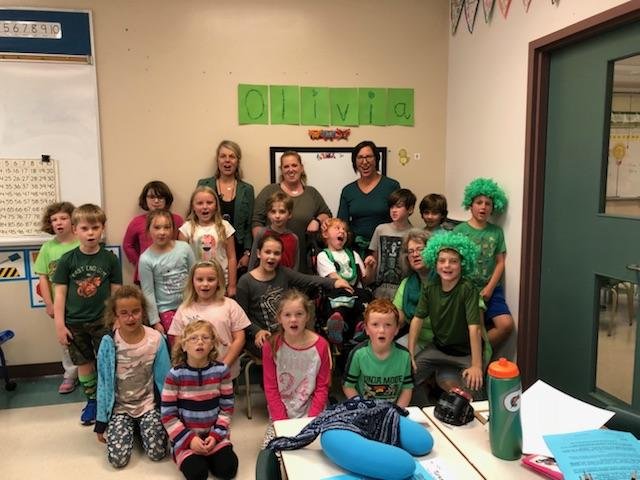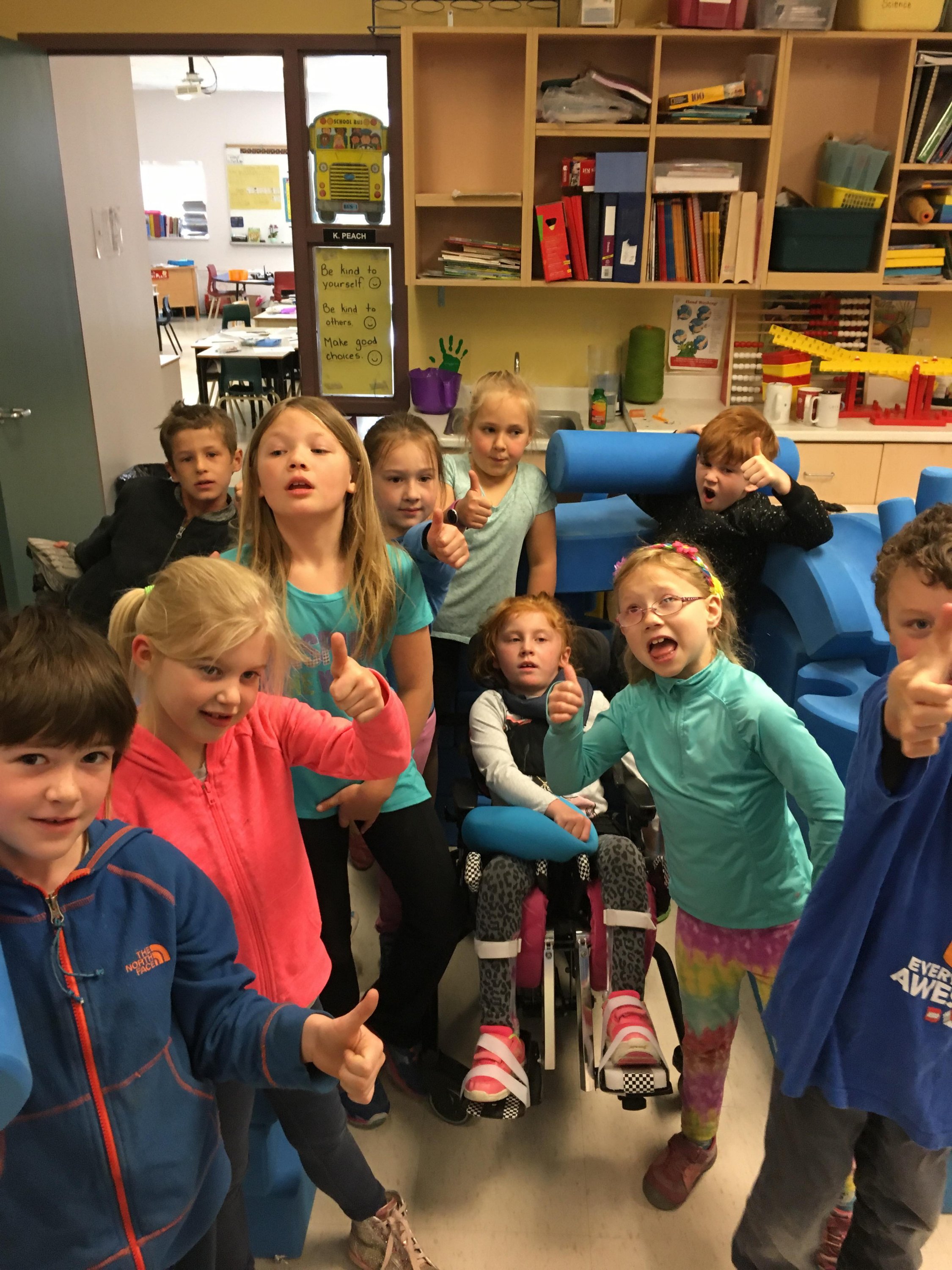Olivia has been experiencing full body spasms and severe reflux episodes this week. My tears have dried, but my heart is still carrying heaviness. Watching your child battle chronic pain is the absolute most unimaginable helplessness a parent could ever experience.
This week, I have held my nine year old child in my arms, gently rocking her, as she sobbed. As her eyes searched mine in a desperate plea to alleviate her pain, I broke and sobbed because the medication I gave could not numb the pain, the midnight stretching and massaging of her tightened muscles would not sooth, nor did the tender Momma cuddles bring reprieve. I cried harder as her little body wretched with each agonizing burst, and there was nothing I could do to soothe her pain.

My beautiful sunshine girl with a smile that could take your breath away, lives with chronic pain every single day as a result of Cerebral Palsy. Most days we can help her concur it, but days like this last week, these days the pain overcomes our brave fighter until she passes out. These are the days I hold her wrapped in my arms, her forehead wet and cheeks flushed from fighting through the pain. Her eyes close for a moment, as she folds in towards my chest and I wipe her dampened bangs from her eyes. There is little I can do during these episodes, but I know when they end, in my arms is where she wants to be.

Exhausted, emotionally defeated, and utterly shattered. These are the days I question why my little girl must endure so much. From the moment she breathed her first breath, Olivia has lived a life with chronic pain. Many who know her, see a child with a bright, charismatic personality and a smile that can take your breath away; and all of this is true, however, she also endures more than any of us could ever understand.

As I type this, I still sit at her bedside watching her sleep. Finally, her body is calm and hopefully will rest. She is drained. I’m drained. I know I should go to bed, but my heart needs to be near her longer. As she sleeps peacefully (for now), I cherish each calm moment she can dream. I pray that tomorrow will grant her grace.














